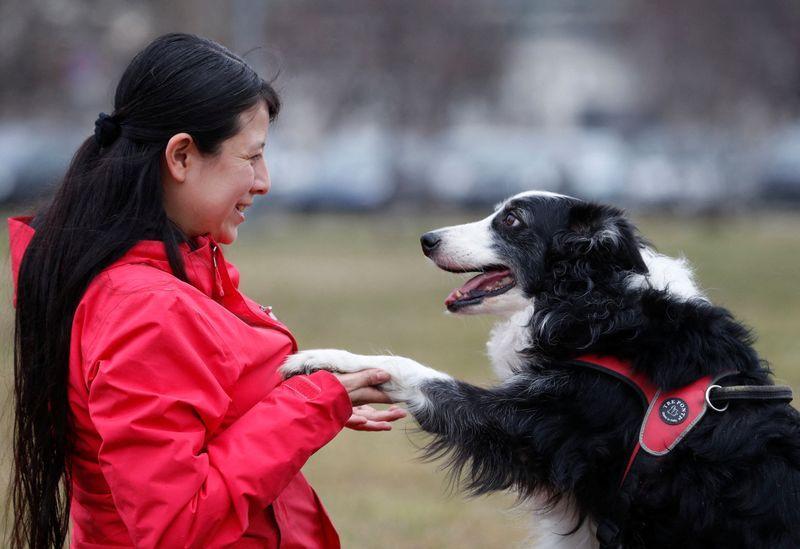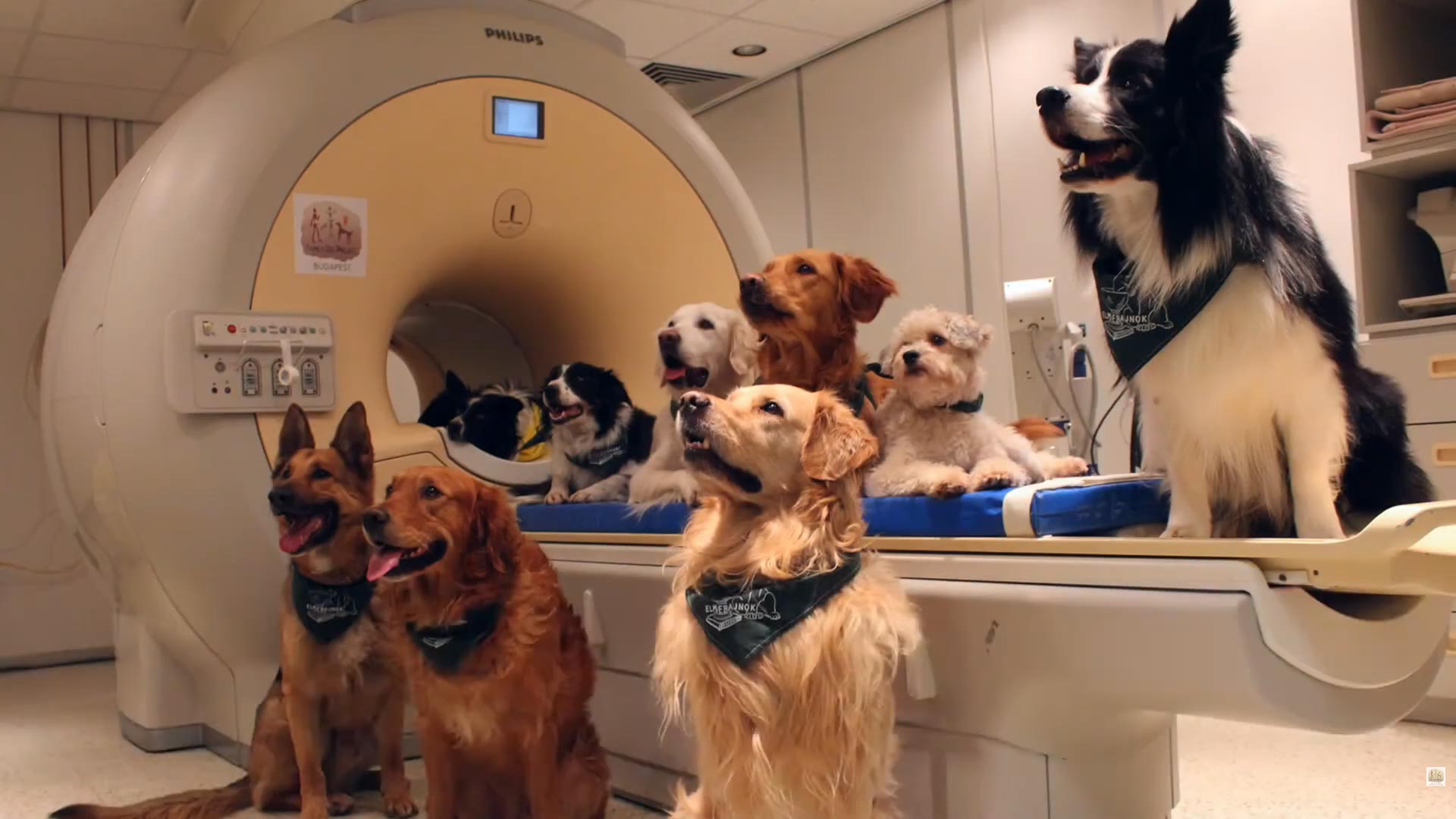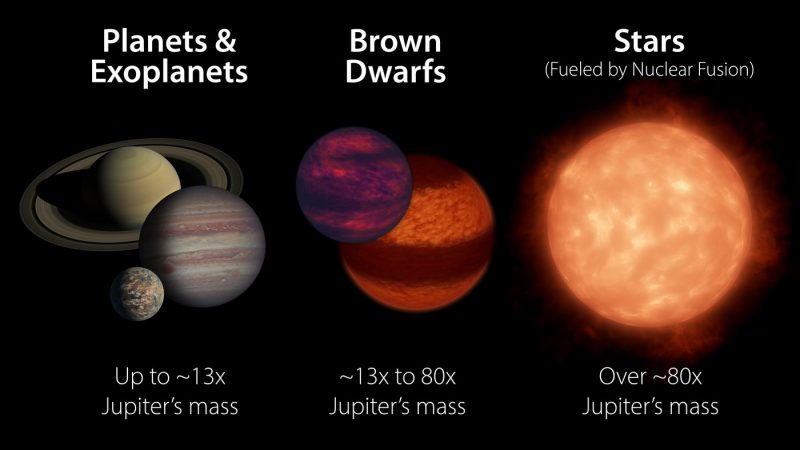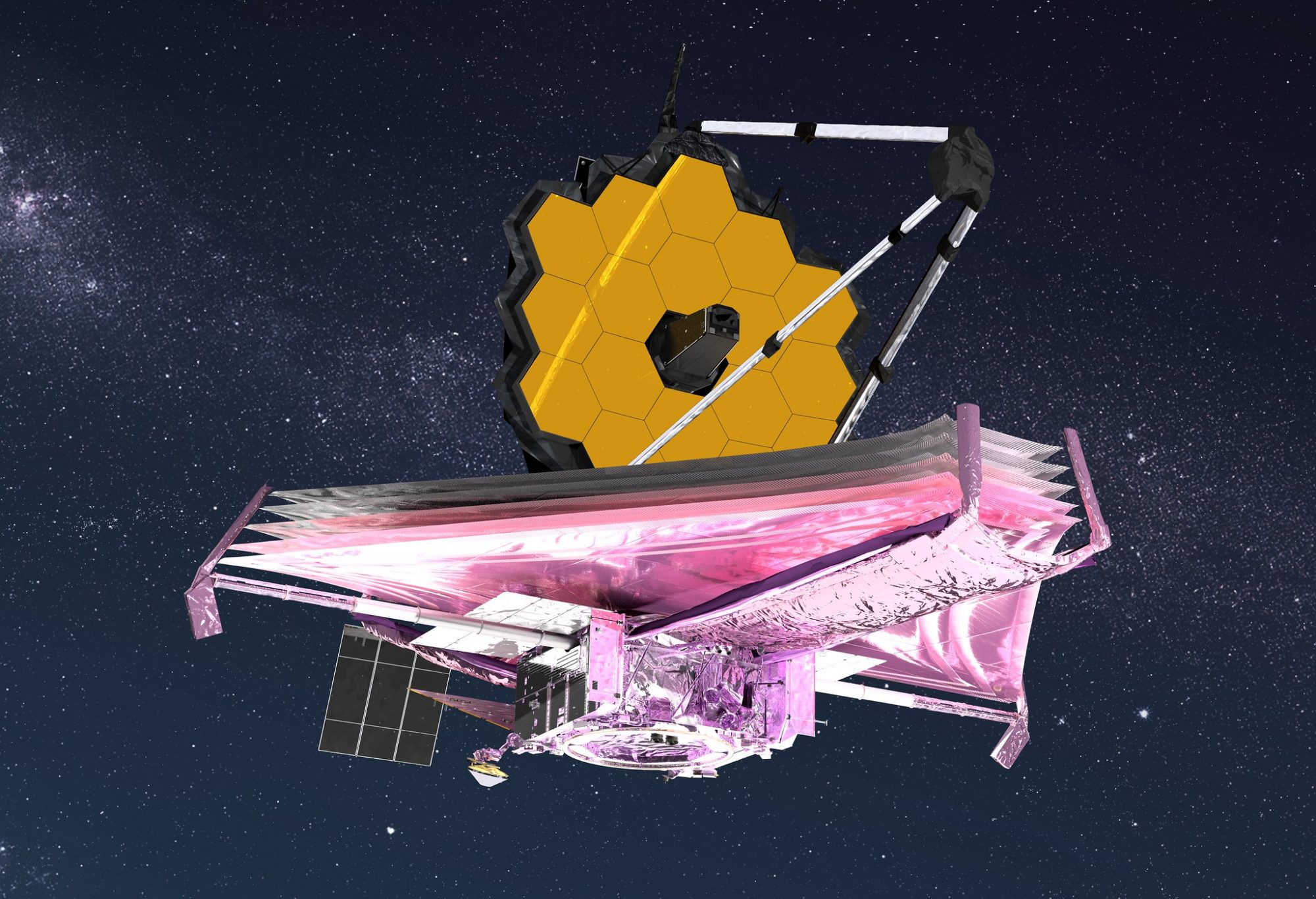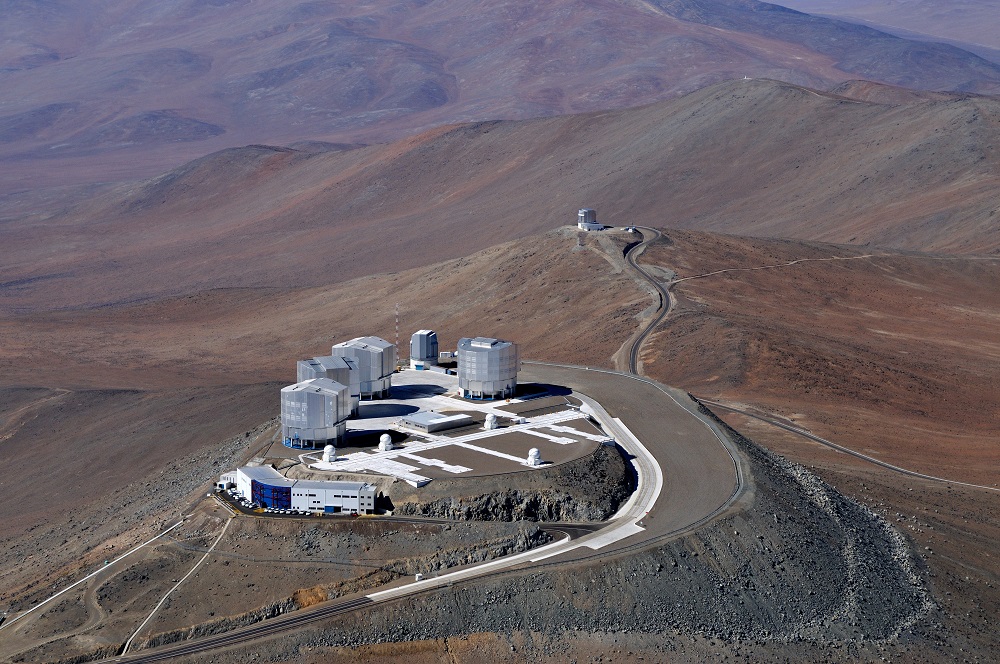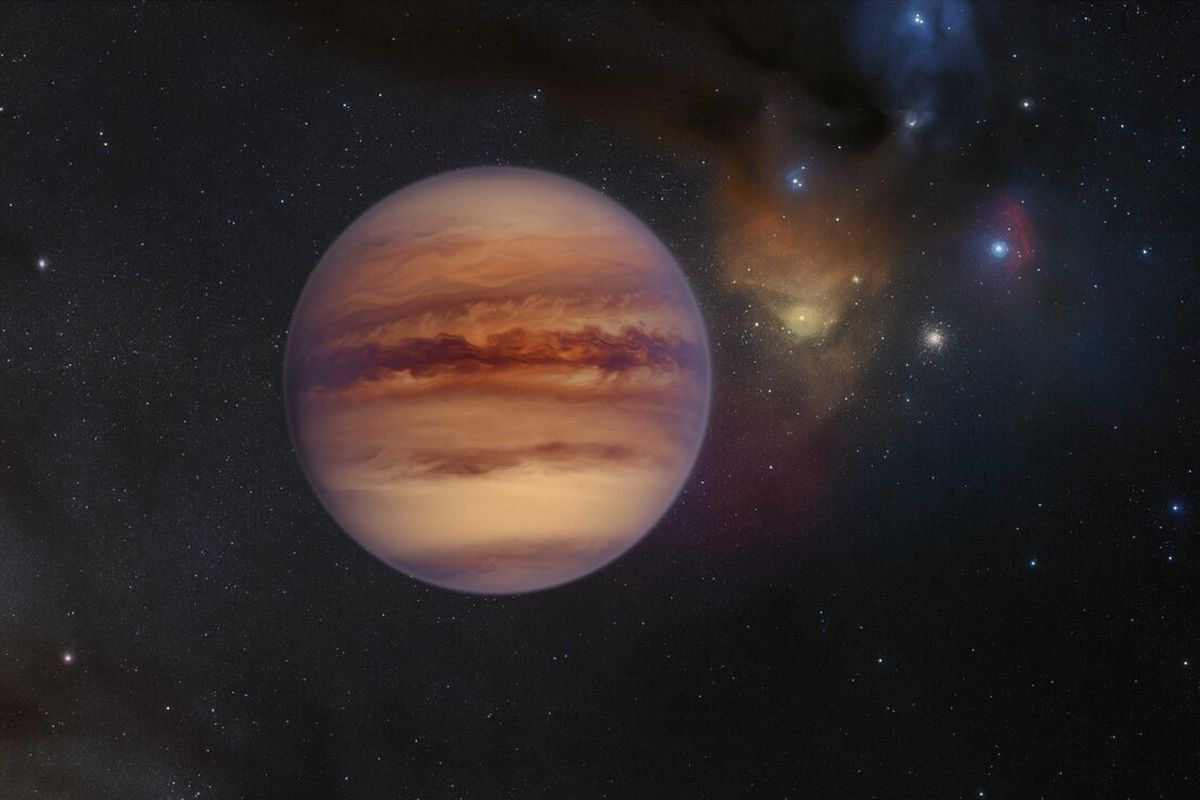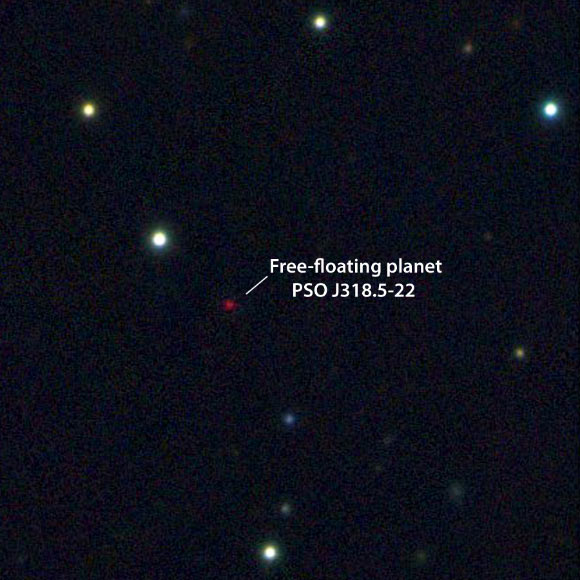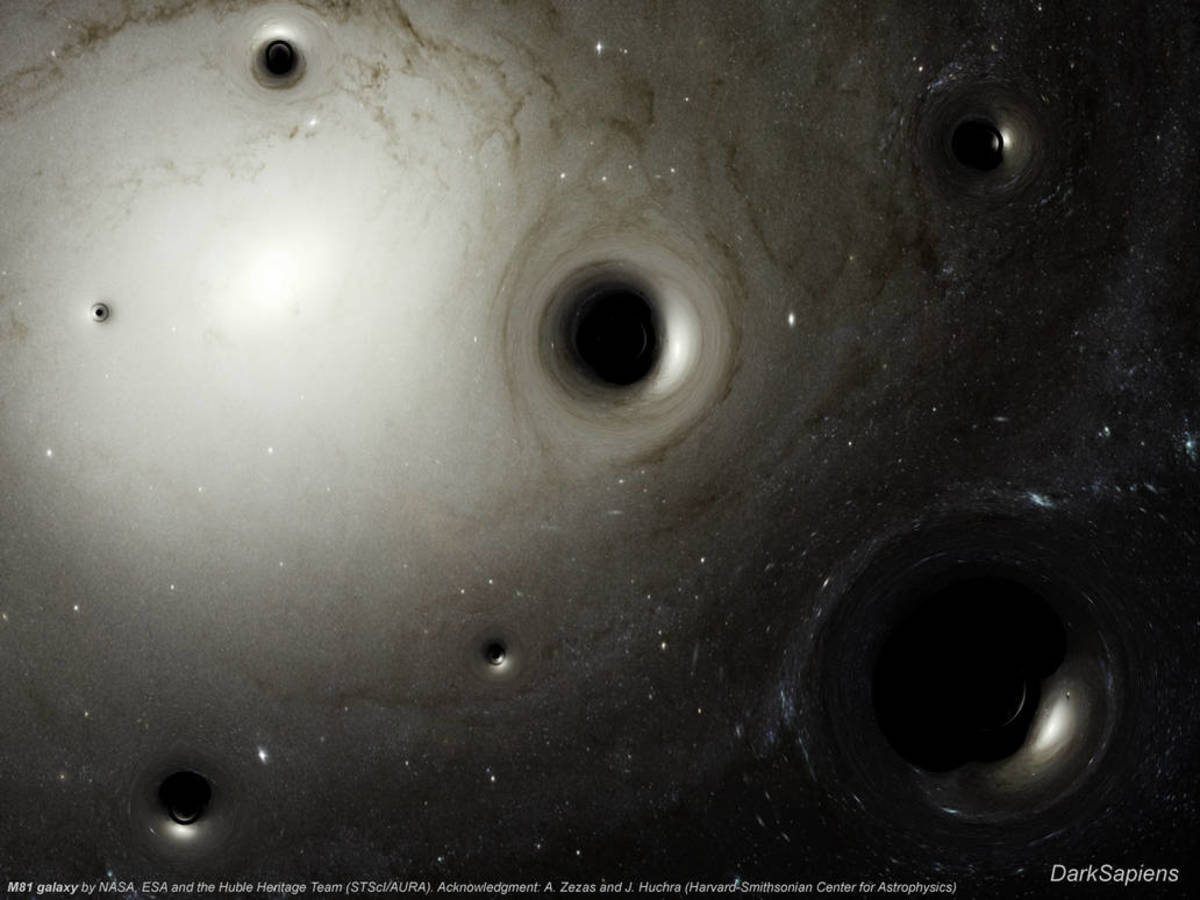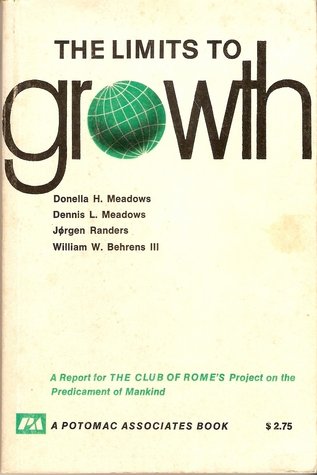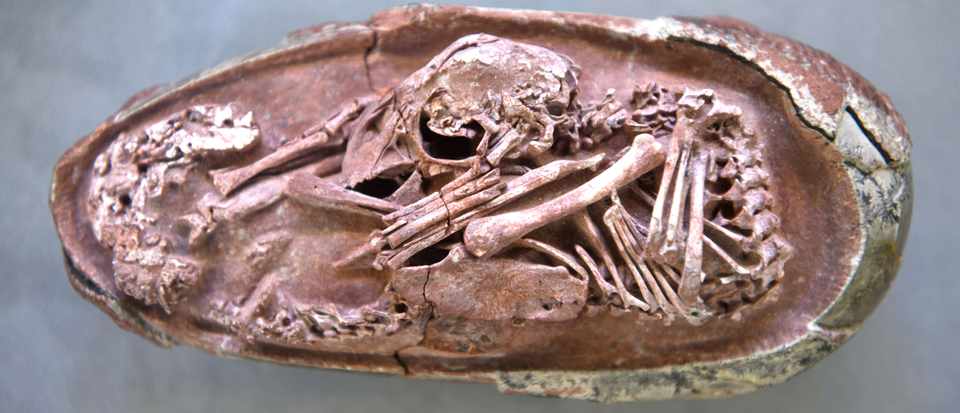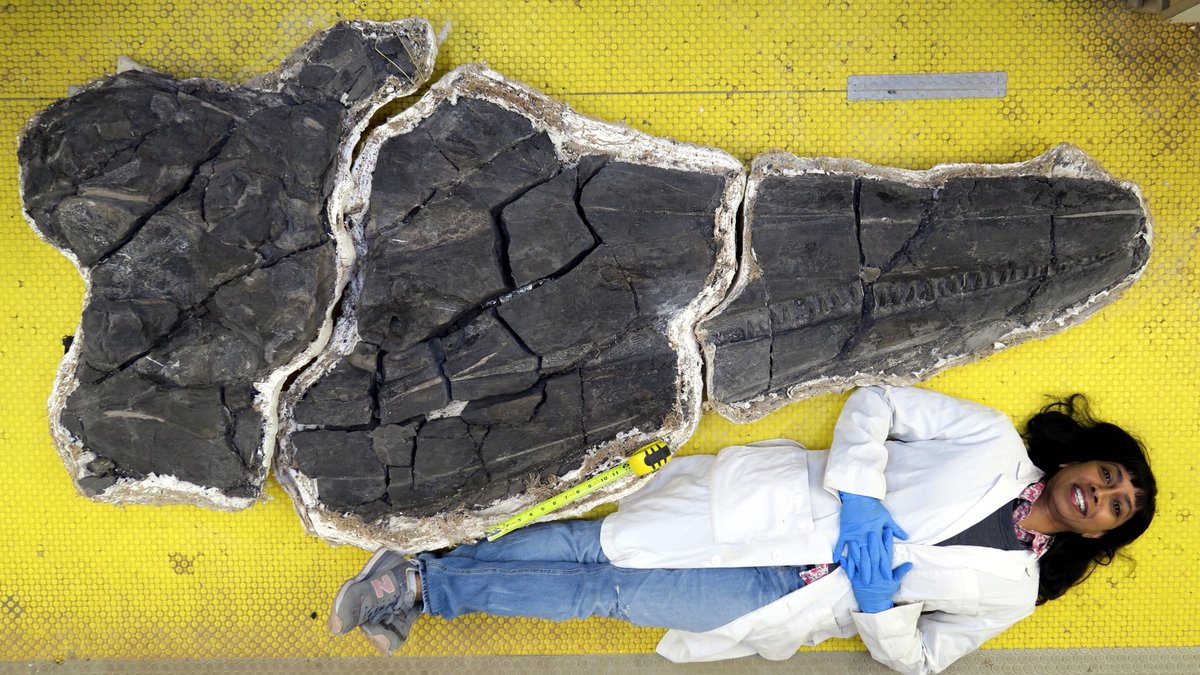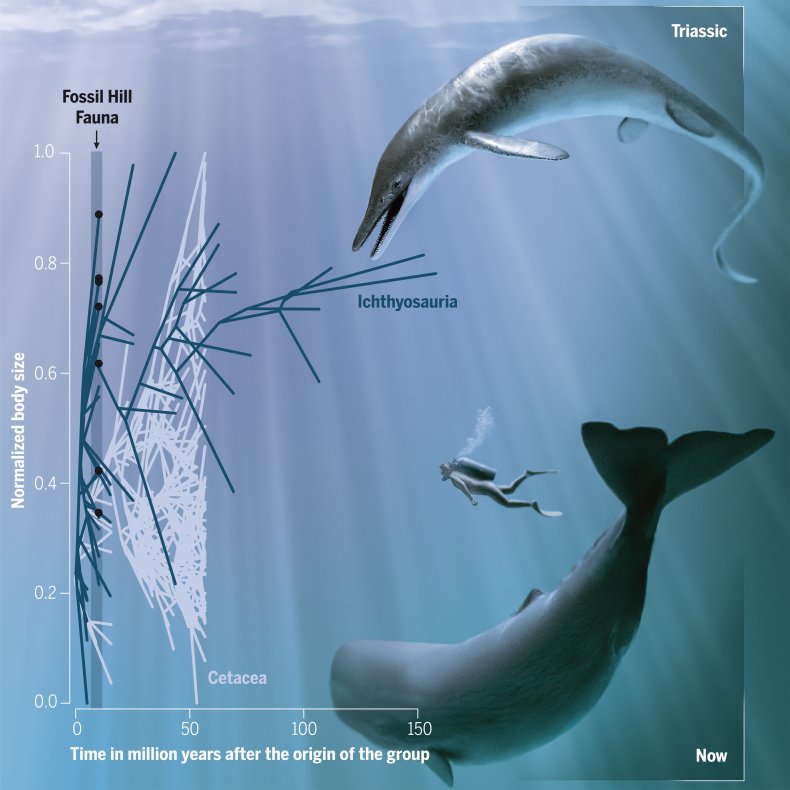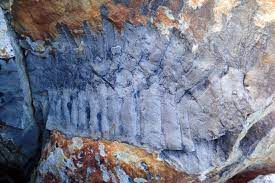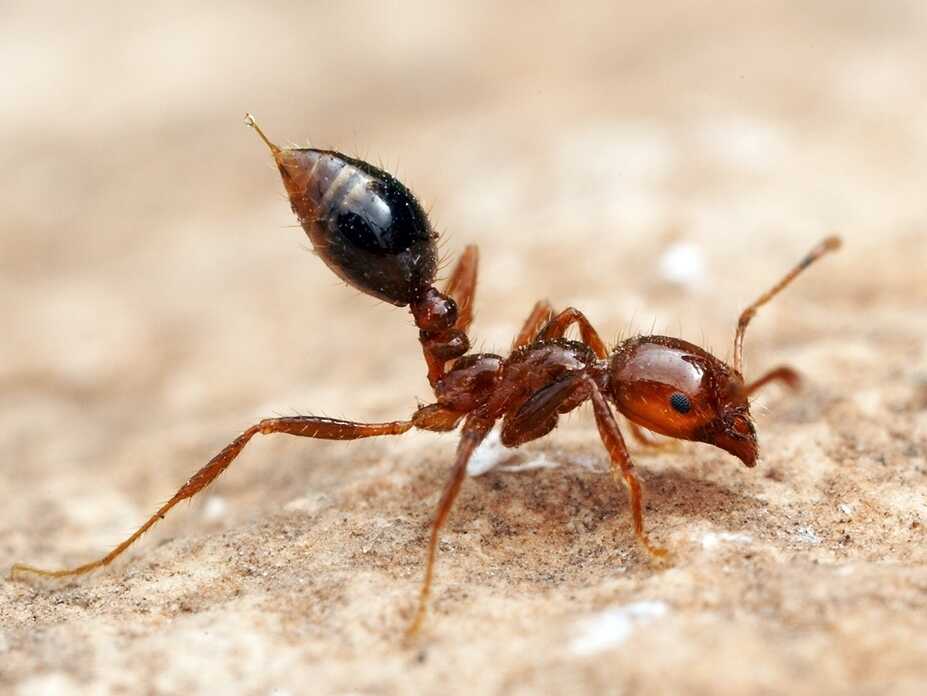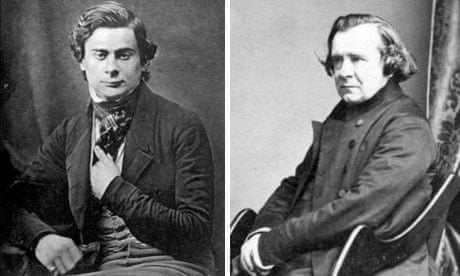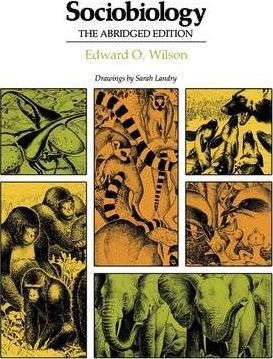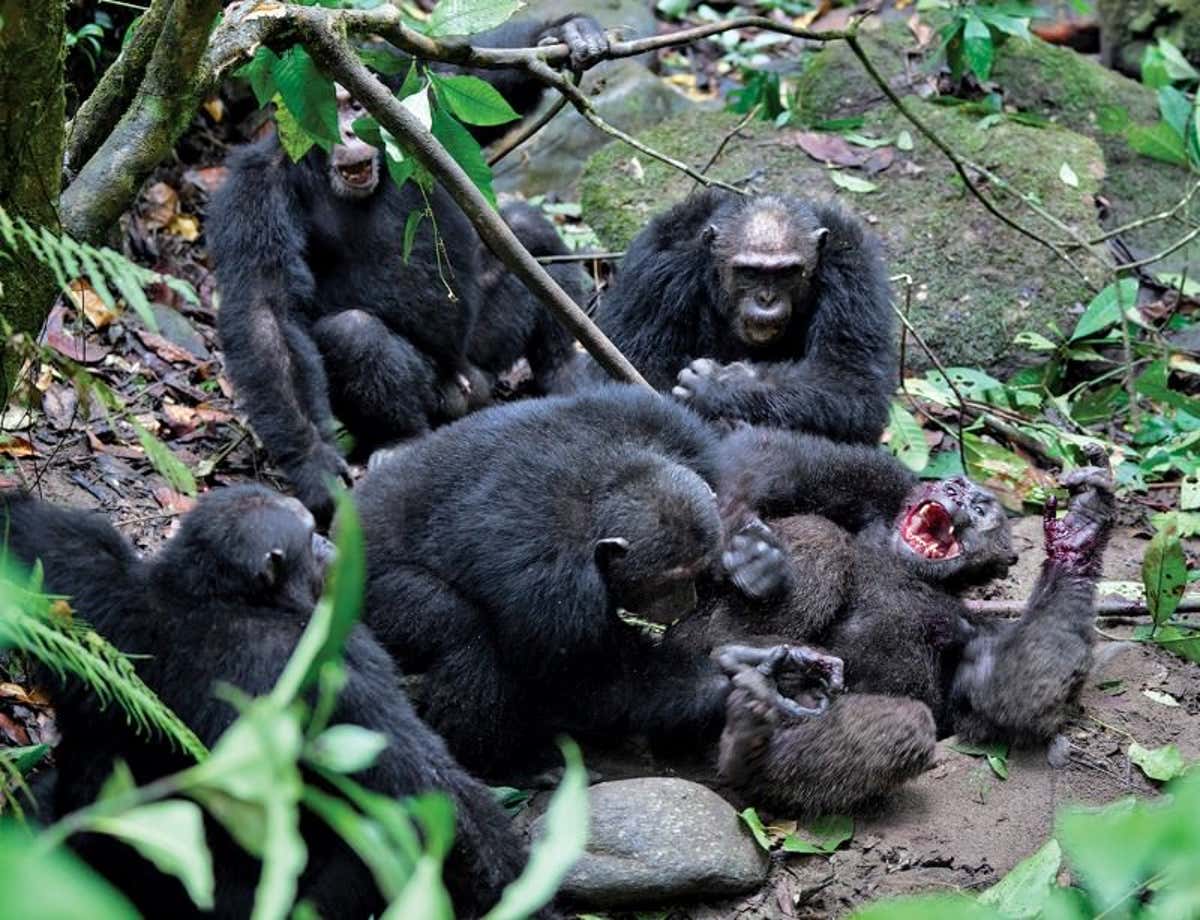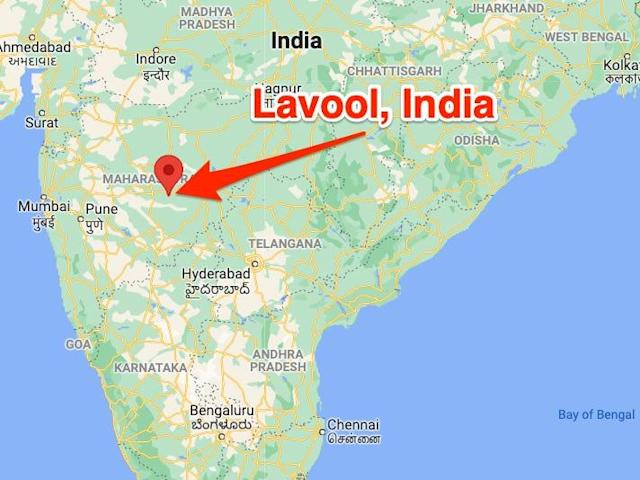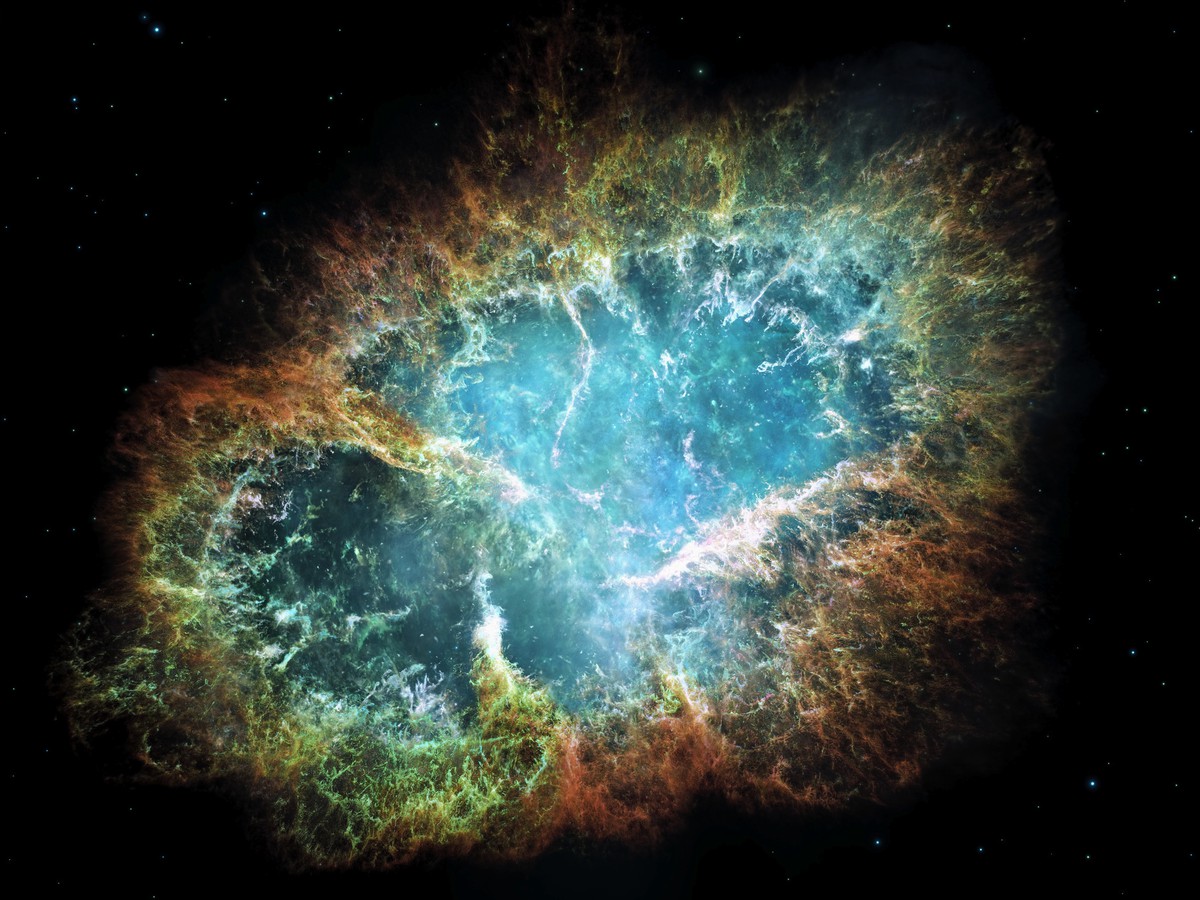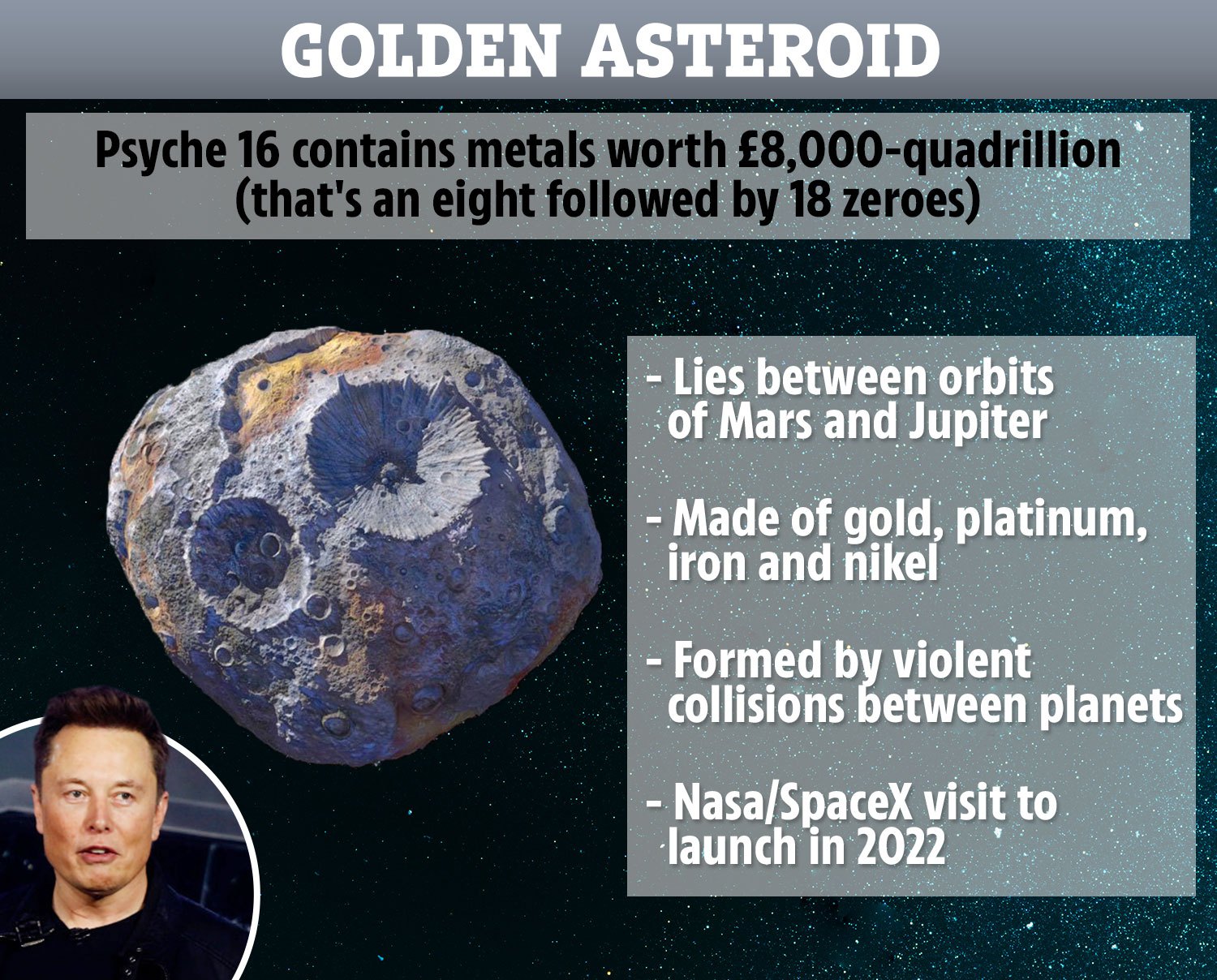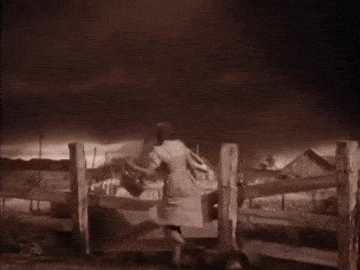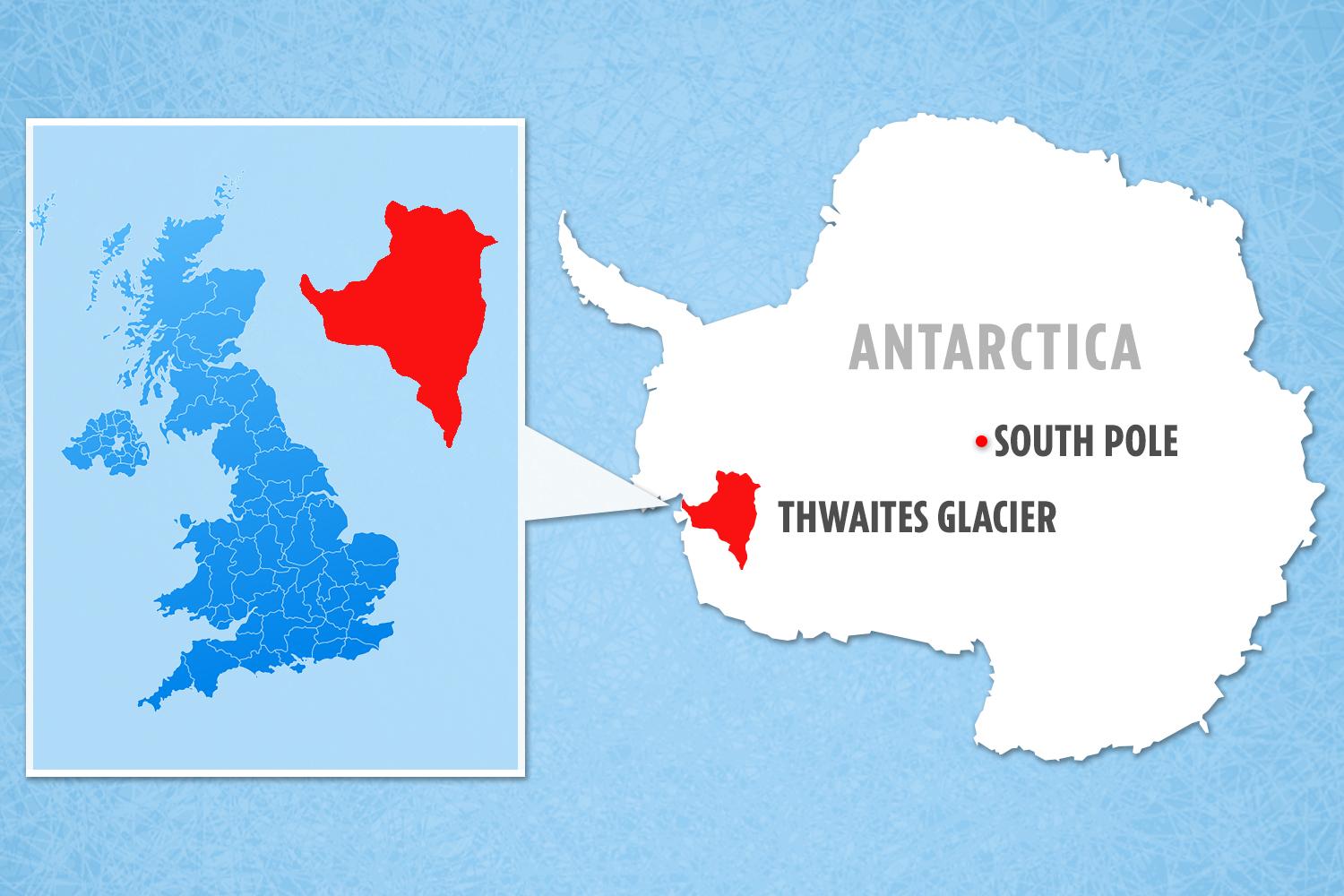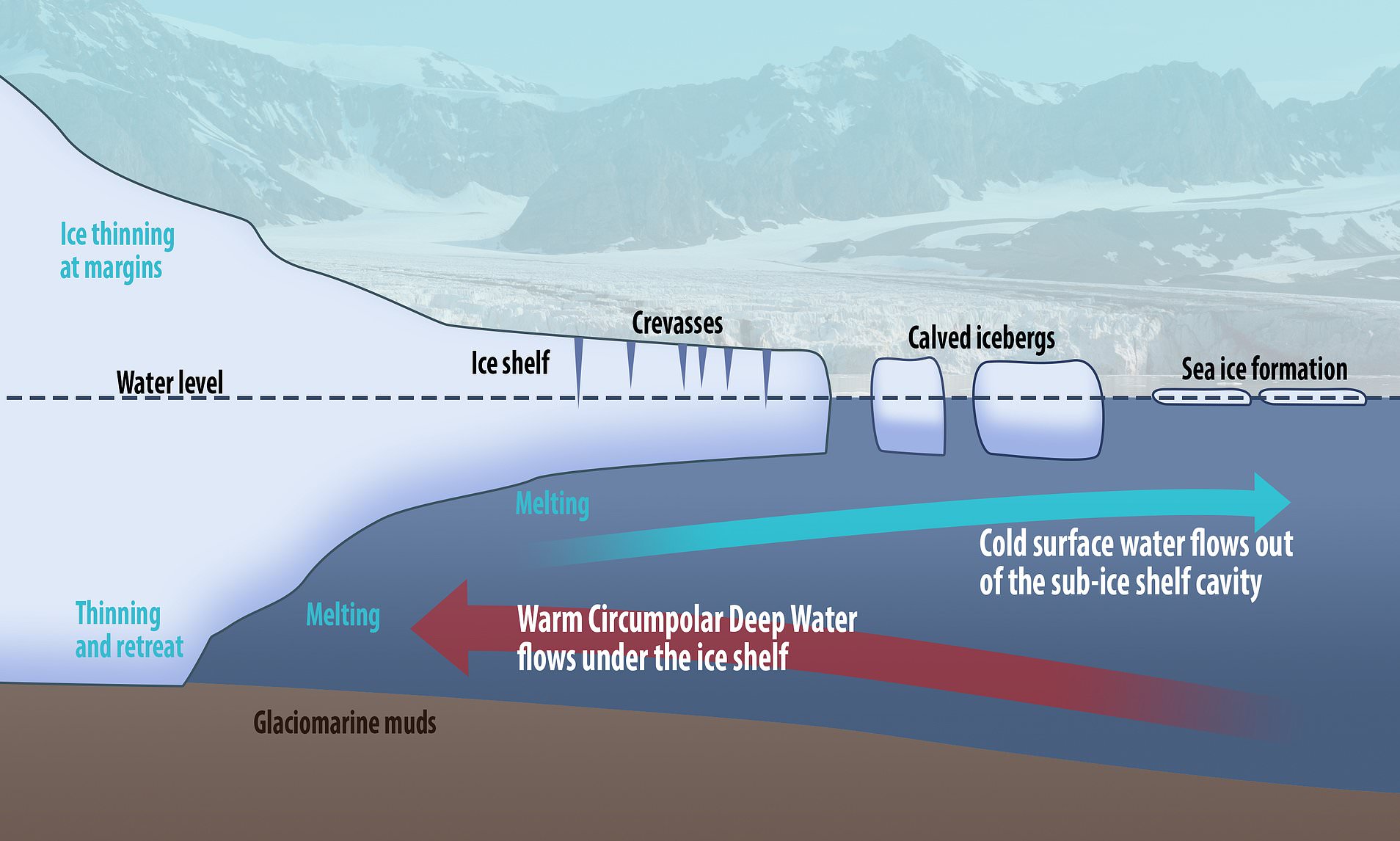Launched on Christmas day, the 25th of December 2021, the James Webb Space Telescope has so far performed flawlessly. For that launch the telescope’s enormous mirror and tennis court sized sunshield had to be folded up in order to fit inside the nose cone of the Arian 5 rocket. Once in outer space the unfolding and deployment of the various parts of the space telescope would constitute the most complex and delicate remote operation ever carried out by a spacecraft. Engineers involved spoke about Webb’s self-assembly as having thirty ‘single points of failure’. That is at thirty different places in its deployment process where if a failure occurred the $10 billion dollar telescope was simply a failure.

The launch itself was of course one of those single points. The Arian 5 rocket however has become the workhorse of the European Space Agency and it did its job of placing Webb not only into orbit but also on a trajectory for the L2 Lagrangian point on the other side of the Earth from the Sun. See my post of 6 January 2017 for a description of the Lagrangian points. From that location Webb will be in a stable position where it can use its sunshield to permanently protect its delicate instruments from the heat of the Sun.

And Webb’s Cameras and other instruments need to be shielded from the Sun because, unlike the Hubble space telescope the James Webb Space Telescope is designed to photograph astronomical objects in the infrared (IR) portion of the electromagnetic spectrum. Astronomers have for a long time wished for a large space telescope the operates in the IR which will allow them to be able to see through the gas clouds in our galaxy to the places where stars are being born or where the remnants of recent supernova explosions are hiding.
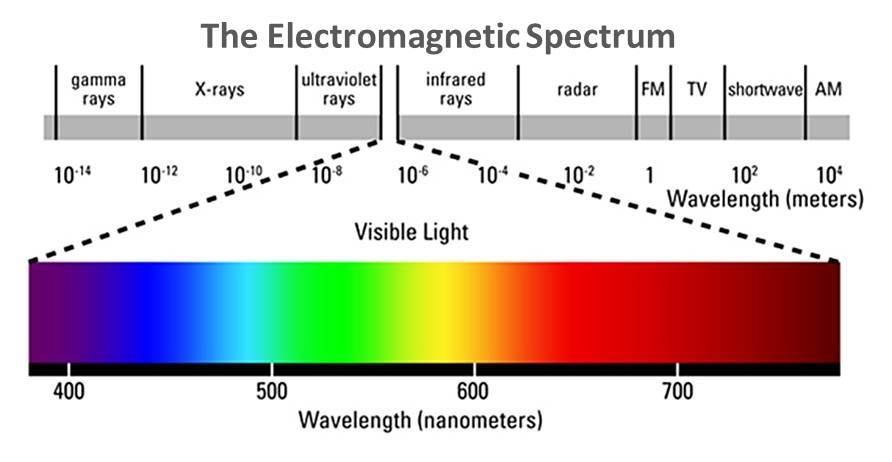
Most importantly however, because of the expansion of the Universe, the light from the very first stars and galaxies has been ‘red-shifted’ so that they are invisible to Hubble. It is these first stars and galaxies that Webb is designed to study, giving astronomers for the first time observations of how the early universe went from the fiery chaos of the big bang to the myriad of astronomical objects we see today.
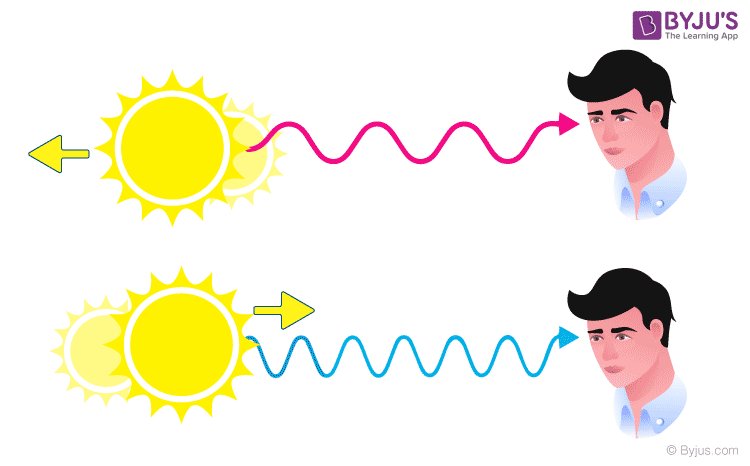
Shortly after its launch Webb deployed both its antennas and solar array in order for it to both have power and be able to communicate with its ground controllers. These two steps are necessary for nearly every space satellite however so even though a problem at either one of these steps could have led to a total failure engineers were confident that all would go well.
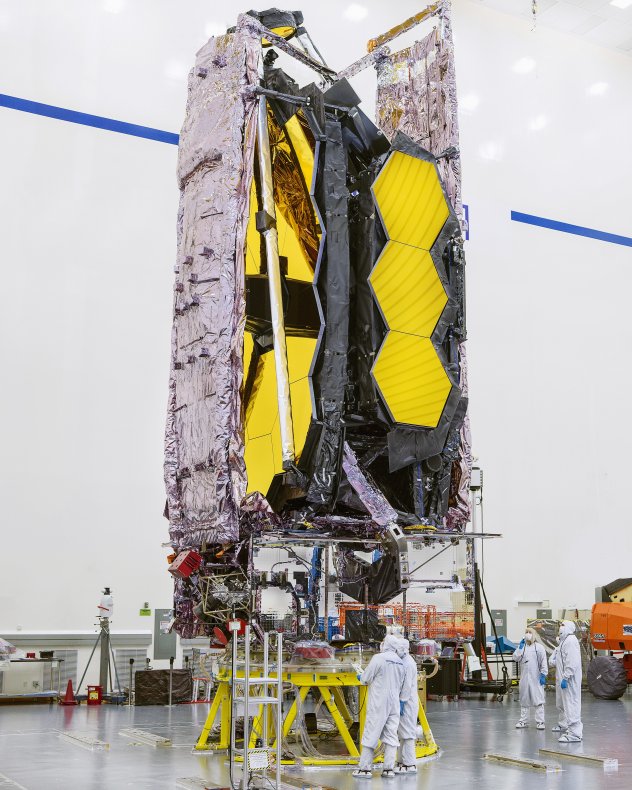
The risky operations began with the unfurling and tightening of the five sheets that constituted the sunshield. Each sheet is about the size of a tennis court and made of highly reflective material. The five sheets are necessary not only to provide enough insulation to keep the instruments cool but also to act as protection for the telescope from micrometeorites. The control engineers at John’s Hopkins University in Baltimore took their time with the sunshield because such an operation had never before been attempted in space. The unfurling began on the third day after launch and took nearly a week in total.

Once the sunshield was fully deployed the next critical operation was the deployment of the telescope’s secondary mirror that sits out in front of the main mirror and reflects the light gathered by the main mirror back to where the telescope’s instruments are. The deployment of the secondary mirror occurred on day 11 and although the operation only took a few minutes you can be certain those were nerve wracking minutes for all of NASA for if the secondary mirror failed to lock into its proper position the entire telescope would be useless. The deployment of the secondary mirror went off without any problems however.

At this point only the deployment of the two side panels of the telescope’s main mirror remained to be accomplished. Each of the two side panels held three of the main mirror’s 18 hexagonal sections. The left side panel was successfully deployed on day 11 after launch while the right side panel was deployed the next day.
Once the two side panels were locked into position the riskiest part of the Webb’s deployment was accomplished and the NASA team who had built and launched the telescope could breath a sigh of relief. Nevertheless there’s still plenty to do before the telescope can begin its mission of observing the Universe. For one thing each of the 18 hexagonal main mirror sections have to be precisely focused by its own set of actuator motors in order for all of the sections to act together as one big mirror. This operation is no longer a single point of failure however for Webb can still operate even if a single mirror section is out of position.
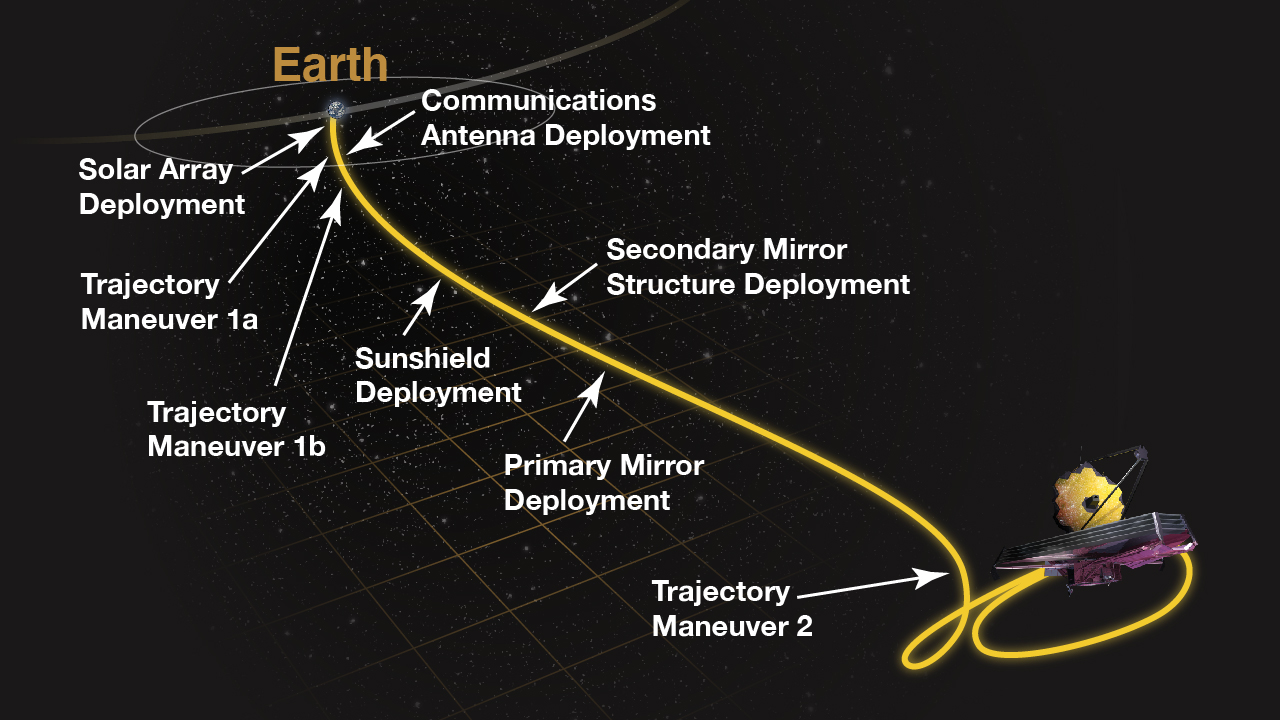
Nevertheless the launch and configuration in space of the James Webb Space Telescope has gone amazingly well so far. On the 25th of January the space telescope successfully reached its L2 home and is now exactly where its mission planners intended, another few months of instrument alignment and calibration and Webb will be ready to begin its mission. There is every reason to hope that it won’t be long before the Webb space telescope will be showing us parts of our Universe that we never imagined existed.


